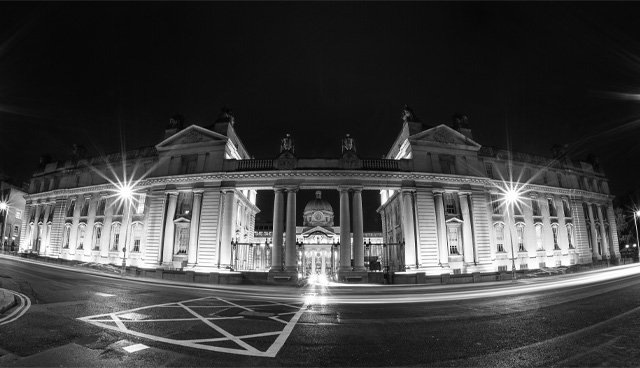
Enhancing the planning process
22nd July 2020
Going for growth
22nd July 2020HAP: not value for money

Under the Housing Assistance Payment (HAP), the State subsidises rising rents for struggling tenants through direct payments to private rental sector landlords. Since its introduction, the social housing scheme has ballooned. Now, there are significant questions surrounding its value for money for the State.
The Housing Assistance Payment is a form of social housing support provided by local authorities and paid directly to landlords, subject to prescribed rent limits, on behalf of households which qualify for support. In return, a recipient household pays a differential rent contribution, based on income and ability to pay, to the relevant local authority.
HAP entitlement is reliant on a household’s qualification for social housing support and therefore the local authority housing waiting list. Similar to Rent Supplement, HAP recipients are responsible for finding accommodation in the private rental market and must also secure the agreement of a landlord.
Since 2015, the HAP scheme has been the primary source of new social housing. Indeed, the importance of HAP as a social housing mechanism is widely recognised as an improvement on Rent Supplement. For instance, under HAP a recipient may take up full-time employment and retain housing support. However, HAP is also a magnet for criticism.
Recently, in his new book, Housing Shock, Maynooth University Assistant Professor Rory Hearne suggests that this has marked “a significant departure in the nature of social housing delivery in Ireland towards a privatised, market-orientated approach”. There are two main consequences, he asserts. The first is an increase in housing distress and the second is rising cost for the State.
Rather than deliver the security of tenure that might be expected of traditional social housing, HAP tenancies have the same limited security as other private rental tenancies in Ireland. Likewise, tenants who qualify for HAP are required to compete in the private market against households in a higher income decile. Meanwhile, HAP tenants, similar to Rental Accommodation Scheme tenants, are subsequently removed from social housing waiting lists, effectively masking the true scale of the housing crisis.
Simultaneously, by expanding the use of the private rental sector to provide social housing on a large scale, government policy has sent a message to foreign investors on the profitability of the Irish housing market. State-subsidised social housing accounts for almost one-third of private rental sector tenancies. In turn, this has helped sustain inflated private rental sector rents.
Cost
Conversely, as well as being devoid of long-term value to the State, HAP is a more expensive mechanism for the delivery of social housing when compared with direct build social housing. Worryingly, while social target provision targets are being met by HAP, the supply of new build social houses constructed by local authorities and approved housing bodies remains insufficient.
Under HAP, after a typical borrowing period, it is the private rental sector landlord who accumulates an asset through State payments. Whereas, through a direct social build scheme, after the borrowing period, the State gains an asset, which can remain in the social housing stock and be used either as collateral for future borrowing or as a revenue generator.
The Rebuilding Ireland strategy projects that over 120,000 households will receive some form of private rental sector subsidy, including Homeless HAP (HHAP), by 2021. Concurrently, in an attempt to arrest the housing crisis, government has significantly increased spending on HAP. While the net Exchequer expenditure on HAP was around €400,000 in 2014, the profiled expenditure for 2019 in the Revised Estimates for Public Services was €423 million (supporting a cumulative 50,000 households). In 2019 alone, there were 17,025 HAP tenancies set up across the country.
The average monthly payments to landlords for HAP tenancies, by all local authorities and household types (e.g. €829 in Q2 2019) was lower than national average market rents (e.g. €1,202 as per RTB Rent Index Q2 2019). The highest monthly average, as of June 2019, was in the Dún Laoghaire Rathdown County Council area, where the figure was €1,357.
However, the use of discretionary additional payments by local authorities, above statutory HAP limits is also increasing. For instance, these payments have increased from 12.6 per cent of active tenancies in 2016 to 40 per cent of active tenancies by end of Q2 2019, meaning that the Exchequer is being exposed to rising private rental sector rents.





